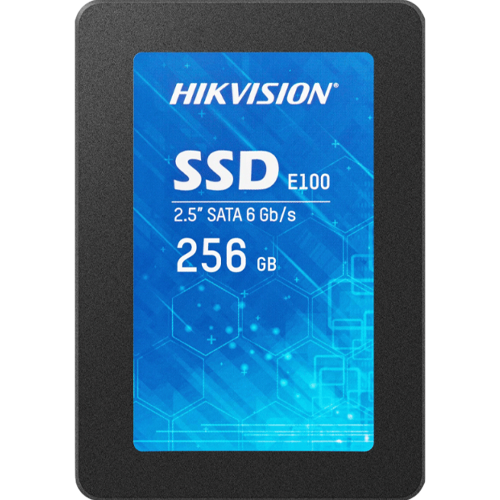256 GB SATA SSD USED
Capacity: As the name suggests, it has a storage capacity of 256 gigabytes (GB). This is the amount of data the drive can store.
Form Factor: Most 256 GB SATA SSDs use the 2.5-inch form factor, which is the standard size for laptop and desktop hard drive bays. However, there are also smaller form factors like M.2 SATA for laptops and compact systems.
Interface: A 256 GB SATA SSD typically uses a SATA III (6.0 Gbps) interface. This interface determines how the SSD connects to the motherboard of your computer.
NAND Flash Memory: NAND flash memory chips are used to store data in the SSD. The type of NAND (e.g., TLC, MLC, SLC) can affect performance and durability. TLC (Triple-Level Cell) is common for consumer-grade SSDs, while MLC (Multi-Level Cell) and SLC (Single-Level Cell) are found in more specialized and high-end SSDs.
Read and Write Speeds: The read and write speeds of a 256 GB SATA SSD can vary, but in general, you can expect sequential read speeds of around 500 MB/s to 550 MB/s and sequential write speeds of around 400 MB/s to 500 MB/s. These speeds can be influenced by the specific brand and model of the SSD.
Random Read and Write IOPS: IOPS (Input/Output Operations Per Second) measures the random read and write performance. A typical 256 GB SATA SSD might have random read IOPS of around 70,000 to 90,000 and random write IOPS of around 60,000 to 80,000.
Endurance: The endurance of an SSD is usually measured in terabytes written (TBW) and indicates how much data can be written to the drive before it is likely to fail. For a 256 GB SSD, the TBW can vary but is typically in the range of 50 to 150 TBW, depending on the specific model.
Reliability and Durability: SSDs are generally more reliable and durable than traditional HDDs because they have no moving parts. They are less prone to physical damage from shocks or vibrations.
Power Consumption: SSDs are known for their low power consumption, which can help extend the battery life of laptops and reduce energy costs for desktop computers.
Operating Temperature: Most SSDs have an operating temperature range, and it’s essential to ensure the drive operates within these specified limits to maintain performance and reliability.
TRIM Support: TRIM is a command used by the operating system to inform the SSD which data blocks are no longer in use. This helps the SSD maintain performance over time.
Warranty: Manufacturers typically offer warranties for their SSDs, which can vary in length, often ranging from 3 to 5 years.
